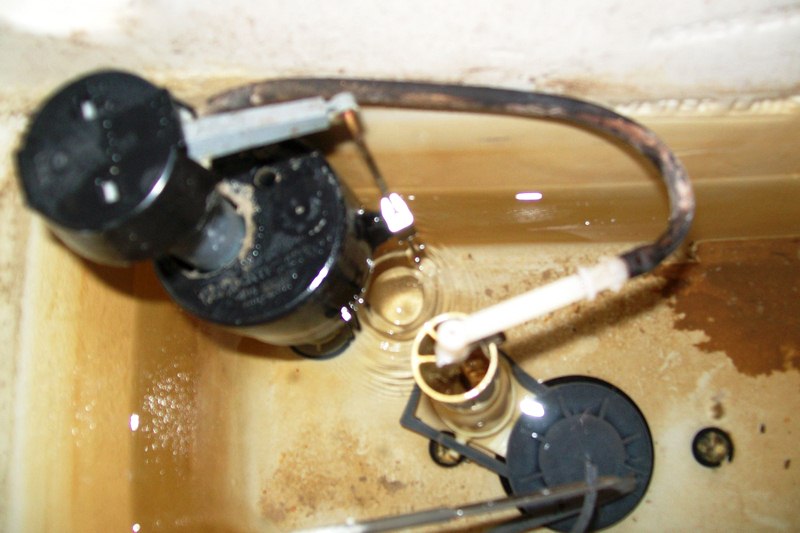A constantly running toilet costs money. Stop that waste by learning how to repair a running toilet. Follow these simple DIY instructions to fix that wasteful toilet.

You should repair running toilets to stop money from going down the drain – literally. A toilet that continuously runs will soon show up on your monthly water bill, but you can fix it for just a few dollars and a little time.
Don’t put off learning how to repair a running toilet – the longer you wait, the more money you are wasting.
Fixing a faulty toilet is one of the cheapest ways to save on everyday expenses you can make. Most parts cost under five dollars, or you can buy an entire kit for around fifteen dollars. You could simply replace the entire kit, but if you really want to learn toilet repair, check out these probable culprits first.
Read Also:
- What You Can Do to Ensure That the Plumbing System at Home Works Smoothly?
- How Septic Tanks Work, Septic System Design and Maintenance
- Septic System Blues: What You Need to Know Septic Tank Care
- Causes of Sewer Mainline Clogging and Warning Signals
- Top Reasons to Use Luxury Portable Restroom Trailer
The flapper is that rubber valve at the bottom of the bowl. When the handle is pushed down, the flapper opens and lets the water from the tank into the bowl. Sometimes the flapper gets dried out and does not close properly. Or the chain connecting the flapper to the handle gets caught underneath the flapper.
This will keep it from closing, therefore, the water will continue to run. To fix this problem, simply adjust the chain so that there is not as much slack. If, however, the flapper looks warped or does not set properly on the opening, then replace the flapper.
Replacing the flapper is easy. It will either have a ring that slides up over the overfill tube or it will have a small opening that hooks onto the tab located on each side of the overfill tube. Replace it and see if that cures your problem. If not, then continue to the next step.
The flushing mechanism is what controls the water level which is clearly marked inside the tank. There are different types of these controls.
Older toilets may have a ball or float, that is attached to a metal arm. This ball “floats” up until it reaches the proper water level. If the metal arm is not adjusted correctly, the water will overfill and run down the overfill tube.
You can adjust the float by carefully bending the metal arm until the water cuts off just below the top of the overfill tube. Bending the arm down will cause the water to stop sooner. Bending it upward will allow more water into the tank.
Newer toilets may have float cups or a metered fill valve. Their purpose is still the same, but adjusting them is slightly different. Afloat cup is adjusted quite easily by grasping the small clip on the thin metal rod and moving it up or down, depending on how you need to adjust the water level.
The metered fill valve or ballcock, as it is called, is also easy to adjust. Locate the screw on the valve. Turning it to the right will increase the water level while to the left will lower it. Just remember, right raises-left lowers.
If fixing the flapper and flushing control does not repair your running toilet, then your best bet is to simply replace the entire flushing kit. Follow the instructions included with the kit. Either way, you should now have a working concept of toilet repairs.